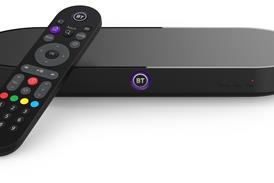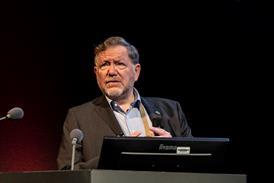All in the game: Taking esports to the masses

Esports is pioneering workflows that could be picked up by mainstream sports coverage, and with rising interest and growing prize pots, the influence of esports looks set to increase.
On August 25, the professional Dota 2 esports team, OG, caused a major upset by winning the richest esports tournament to date, The International 2018. Held at the 20,000 seat Rogers Arena in Vancouver, the $25 million tournament was witnessed by a capacity crowd over its six-day run and live-streamed by a peak audience of close to 15 million people.
In many respects, despite a total airtime of 122 hours, an esports tournament workflow for an event such as T18 looks very similar to a conventional sporting event, as the graphic below from Newtek shows. The only real difference lies in swapping the cameras and audio that would normally be capturing physical sporting action for gameplay capture, with production cameras being deployed essentially for cutaways, commentary and reaction shots.
With little or no heritage of using legacy broadcast circuits, IP-based workflows are increasingly dominant in the esports field as is remote production, which is becoming commonplace even at an intercontinental level. Coupled with the growing use of cloud-based tools, there’s a sense that esports is pushing workflows that will become mainstream in regular sports coverage not too far down the line.
This can inevitably entail the use of serious amounts of bandwidth and fewer and fewer productions are happy to…
Read the full article

Sign up to IBC365 for free
Sign up for FREE access to the latest industry trends, videos, thought leadership articles, executive interviews, behind the scenes exclusives and more!
Already have a login? SIGN IN




















